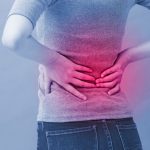The knee
he knee is a joint often affected by traumatic pain, but it can also gradually become symptomatic without identifiable trauma.
JOINT STRUCTURES:
The knee is a joint formed by the femur, tibia, fibula and patella. Between the femur and the tibia, we find two menisci, an internal and an external, to absorb the impacts and increase the stability of the joint. The latter is mainly provided by the ligaments of the knee; internal and external collaterals, anterior and posterior cruciate. The joint is then surrounded by stabilizing and mobilizing muscles. These are mostly bi-articular meaning they are responsible for the movement of two joints simultaneously. This helps explain why non-traumatic knee issues regularly include diffuse lower limb dysfunction. It should also be noted that the patella is included in the tendon of one of the large bi-articular muscles; the quadriceps.
FREQUENT KNEE PROBLEMS:
Ligament sprain:
The sprain is an elongation of the ligamentous fibers that make up the affected ligament. It ranks in grade from grade I (elongation without tear) to grade IV (complete tear) and usually occurs traumatically. Ligament damage compromises joint stability of the knee.
- Internal collateral ligament sprain: Regularly caused by lower limb valgus stress (knee inward and foot out) leading to pain mainly on the inside of the affected knee. The symptoms can also be intra-articular since the internal meniscus is attached to the internal collateral ligament.
- External collateral ligament sprain: Regularly caused by varus stress of the lower limb (knee outwards and foot inwards). This type of sprain generally excludes the external meniscus because the latter has no ligamentous attachment.
- Anterior cruciate ligament sprain: Frequently damaged during sports activities, it is caused by the forward movement of the tibia while the femur remains in place. If the rupture is complete, a surgical repair may be considered.
- Posterior cruciate ligament sprain: Unlike the anterior cruciate ligament, the injury of this ligament involves a force moving the tibia backward while the femur remains in place.
MENISCAL TEARS:
The meniscal lesions occur regularly during rotational trauma of the knee; often with the foot fixed to the ground. There are different types of meniscal lesions and they may require surgery according to certain eligibility criteria. This type of injury often cause intra-articular pain, feelings of blockage and edema in the knee. A feeling of instability can also be perceived by people with this lesion.
Osteoarthritis:
Osteoarthritis is by definition a wear and tear of the articular surfaces i.e erosion of the cartilage covering the end of the bones, causing pain because the movement is less fluid. This condition is possible in the knee and even common since the knee is a weight bearing joint; it supports the body weight when standing. Dysfunctions in other joints of the lower limb (hip and ankle) can also cause wear on the articular surfaces of the knee as bone alignment is impaired.
Patellofemoral Syndrome :
This problem mainly concerns the patella and the femur, the patellar track in the femoral trochlea. The pain manifests itself mainly around the patella or under it. Running, stairs or prolonged sitting posture may be predisposing symptoms. The symptoms are caused by the bad positioning of the patella during flexion movements of the knee which increases the friction or compression against the femoral trochlea. The patellar positioning on the femur can be disturbed by proximal muscle weakness (hip), an asynchronism of the vastus muscles of the quadriceps or a problem with the foot.
In conclusion :
In all cases, a physiotherapy assessment can help you find the origin of your symptoms and determine the solutions to relieve you, prevent the risk of recurrence of injury or slow the progression of the problem.




